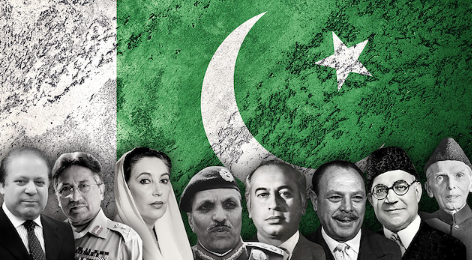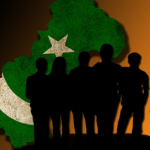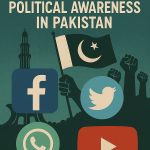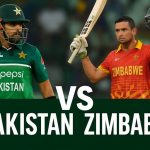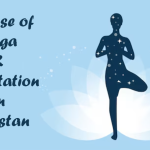Youth vs Old Guard: The Real Power Struggle in Pakistani Politics
by Rikhtiya – “Discovering Secret Facts”
Introduction
Pakistani politics has long been characterized by a dynamic and evolving power struggle between the established old guard and the rising youth. As younger generations increasingly assert their political presence, the traditional political elite faces unprecedented challenges. This ongoing tussle not only reflects a shift in political dynamics but also highlights the broader societal changes shaping the country’s future.
The Rise of the Youth in Politics:
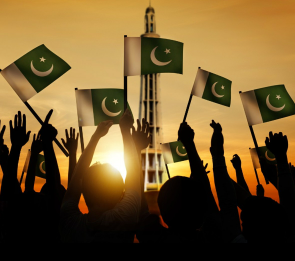
Over the past decade, the political landscape in Pakistan has witnessed a significant transformation driven by youth engagement. The digital revolution, increased literacy rates, and greater political awareness have empowered the younger demographic to voice their demands for transparency, accountability, and economic reforms. Social media platforms have become key tools for mobilizing support and challenging traditional power structures.
The Old Guard: Clinging to Traditional Power:
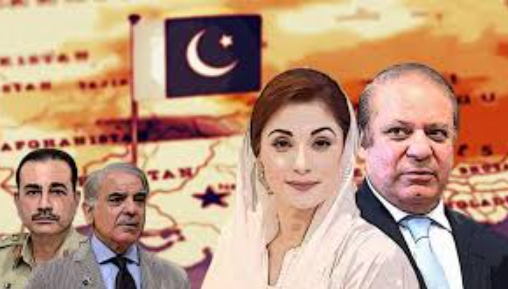
Despite the growing influence of youth, the old political elite remains deeply entrenched in Pakistan’s political system. Established political families and long-serving politicians continue to dominate party hierarchies and decision-making processes. This persistence of traditional politics is often attributed to entrenched patronage networks, control over local administrative systems, and a cautious approach to political change.
A Clash of Ideologies:

The youth and the old guard represent contrasting political ideologies. While the younger generation advocates for modernization, innovation, and social justice, the old guard typically upholds conservative values, prioritizing stability and continuity. This ideological divide often manifests in electoral campaigns, policy debates, and party leadership contests.
Navigating the Political Divide:
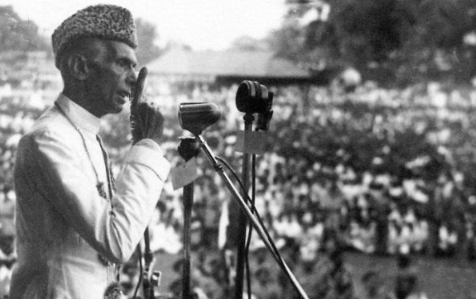
Political parties are increasingly trying to bridge the gap between the youth and the old guard. Some parties strategically incorporate younger voices to appeal to a broader electorate while maintaining ties to traditional power brokers. However, this balancing act is fraught with challenges, as ideological differences can lead to internal conflicts and inconsistent policy stances.
The Road Ahead:
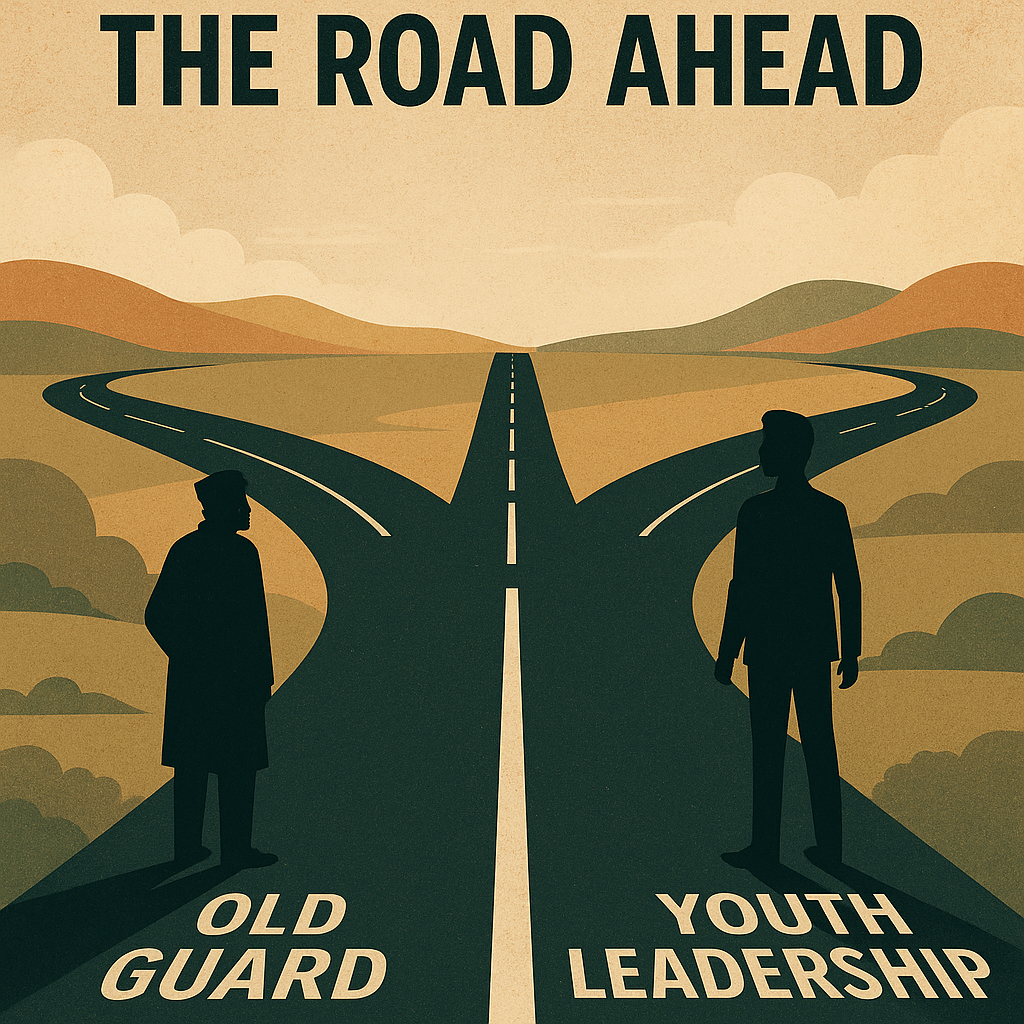
The power struggle between youth and the old guard in Pakistani politics is far from over. As younger leaders gain traction, the political landscape will continue to evolve, potentially leading to a more progressive and inclusive governance model. However, for lasting change, it will be crucial to address the structural barriers that hinder youth participation and promote intergenerational dialog.
Conclusion
The real power struggle in Pakistani politics lies not just in partisan divides but in the generational clash between the youth and the old guard. By recognizing the aspirations of younger voters while valuing the experience of seasoned politicians, Pakistan can pave the way for a more dynamic and representative political future.
Keywords: Pakistani politics, youth vs old guard, political power struggle, generational divide, political change

